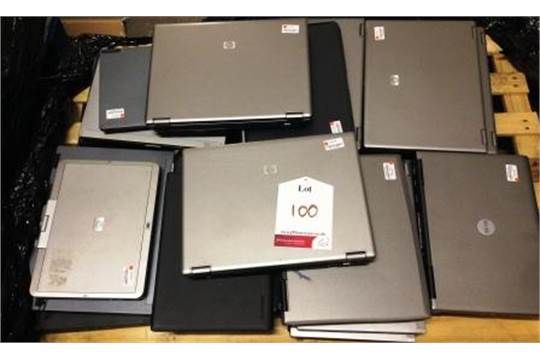In the ever-evolving world of technology, the demand for laptops remains strong. With businesses constantly upgrading their equipment and consumers seeking the latest models, the market for used and surplus laptops is booming. One interesting avenue for acquiring these devices is through laptop liquidation pallets. These bulk purchases can offer significant savings and opportunities for both individuals and businesses. In this article, we’ll delve into the details of pallet of laptops, their benefits, potential risks, and tips for navigating this unique market.
What Are Laptop Liquidation Pallets?
Laptop liquidation pallets are bulk lots of laptops that are sold off by retailers, manufacturers, or wholesalers. These pallets often contain returned, overstocked, or refurbished laptops. They are typically sold at a fraction of their retail price, making them an attractive option for resellers, refurbishers, or tech enthusiasts looking for a good deal.
Benefits of Buying Laptop Liquidation Pallets
- Cost Savings: The most significant advantage is the potential for cost savings. Buying in bulk allows purchasers to acquire laptops at a much lower price per unit than buying individually.
- Variety of Products: Liquidation pallets often include a mix of different brands, models, and conditions. This variety can be beneficial for resellers who want to offer a range of products to their customers.
- High-Profit Potential: For resellers, the low acquisition cost and the potential for refurbishing and reselling at a higher price can lead to substantial profits.
- Sustainability: Purchasing liquidation pallets promotes the reuse and recycling of electronics, which is an environmentally friendly practice. It reduces electronic waste by giving laptops a second life.
Potential Risks and Challenges
- Variable Quality: The condition of the laptops can vary widely. Some may be fully functional, while others may require repairs. It’s essential to carefully assess the contents of the pallet before purchase.
- Hidden Costs: Additional costs such as shipping, repair, and refurbishing can add up. Buyers need to factor these into their budget to ensure profitability.
- Unpredictable Inventory: The contents of liquidation pallets can be unpredictable. Buyers may not always know exactly what they’re getting, which can be a gamble.
- Competition: The popularity of liquidation pallets means there is often stiff competition. Quick decision-making and thorough research are crucial to securing the best deals.
Tips for Navigating the Market
- Research Suppliers: Not all suppliers are created equal. It’s important to research and find reputable suppliers with good reviews and transparent practices.
- Inspect the Pallet: Whenever possible, inspect the pallet or request detailed information and photos. Understanding the condition of the laptops is key to determining their value.
- Understand the Return Policy: Be clear on the supplier’s return policy. In some cases, you may be able to return or exchange items that are not as described.
- Start Small: If you’re new to buying liquidation pallets, start with a smaller purchase. This will allow you to learn the ropes without making a significant financial commitment.
- Know Your Market: If you plan to resell the laptops, ensure you understand your target market and what types of laptops are in demand. This knowledge will help you make informed purchasing decisions.
- Factor in All Costs: Remember to account for all potential costs, including shipping, repairs, and refurbishing. This will help you determine if the pallet is a good investment.
Laptop liquidation pallets offer an exciting opportunity for savvy buyers to acquire a range of laptops at a discounted price. While there are risks involved, thorough research, careful planning, and a clear understanding of the market can lead to substantial savings and profits.
